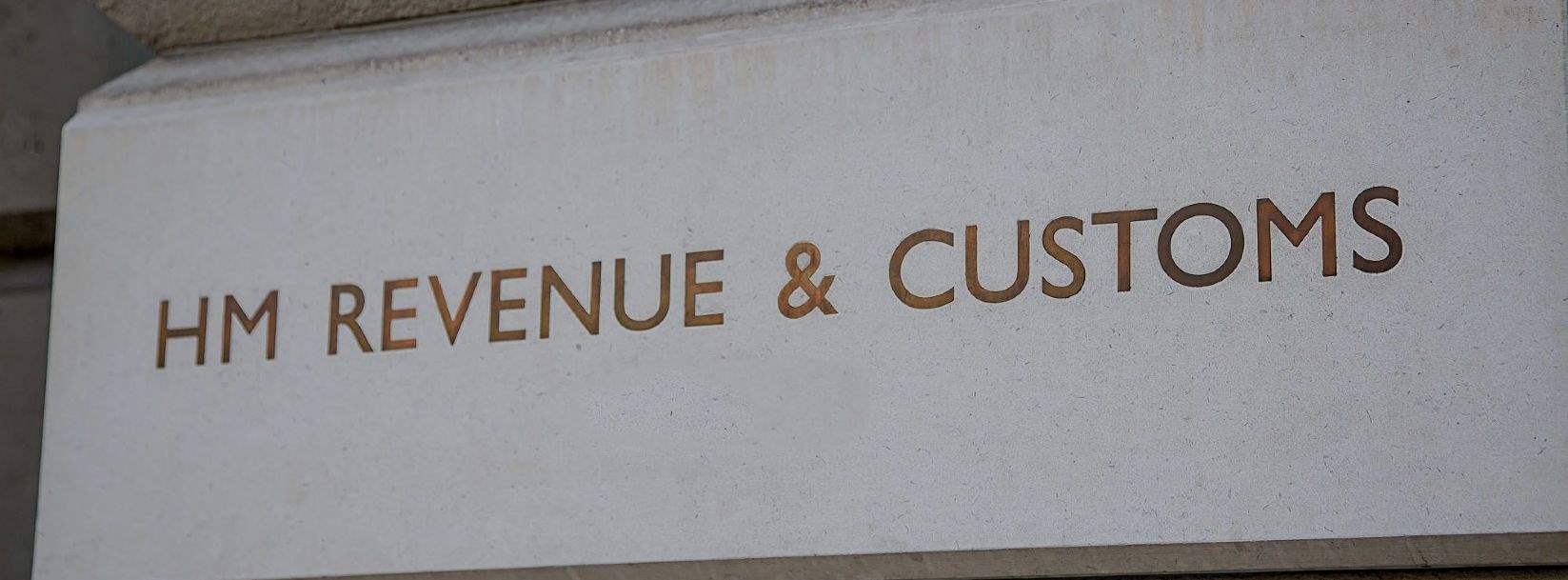This week’s Budget saw some significant, albeit unexpected, changes announced with regards to capital allowances, that are relevant to all UK businesses with a UK tax liability who have interests in commercial property.
The changes, some of which will take immediate effect, are wide ranging and will impact both occupiers and investors with commercial property interests both in the UK and overseas incurring new capital expenditure on their buildings.
The main changes include the introduction of Structures and Building Allowances (SBAs), a new form of capital allowances, and a temporary increase in the Annual Investment Allowance (AIAs). Both measures are very positive news for the UK property industry and represent a welcome change given the direction of recent legislation.
In the run-up to Brexit, the tax incentives that both of these initiatives will bring are inevitably aimed at increasing investment from the private sector in the construction of new commercial structures and buildings, and will have a major impact on commercial property.
What you need to know:
Structures and Buildings Allowances
SBAs will be available for capital expenditure on all new commercial (non-residential) structures and buildings, with immediate effect. The facts:
- Relief targeted at capital expenditure on new commercial structures and buildings
- New capital expenditure to convert or renovate existing buildings also qualifies, but the acquisition of existing buildings appears to be excluded
- Relief given at a rate of 2 per cent over a 50-year period
- Relief is available for both UK and overseas structures and buildings where the business has a UK tax liability
- Relief cannot be reclaimed by HMRC
Temporary increase in the Annual Investment Allowance
The facts:
- A five fold increase in the relief from £200,000 to £1,000,000 from 1 January 2019, but for a two-year period only
- Increased relief given as a 100 per cent upfront sum that applies to all new qualifying expenditure up to a specified annual limit
- Qualifying expenditure attracts relief under the existing capital allowances regime only where the expenditure must first qualify within either the main (plant and machinery) or special rate (integral features) pool
- SBA expenditure doesn’t qualify
- AIAs will need to be time apportioned where accounting periods straddle implementation
In summary, the introduction of the SBAs and AIAs will generate substantial tax savings for all UK businesses with interests in commercial property regardless of size. They will therefore be an immediate game changer with newly incurred capital expenditure now requiring analysis and allocation into one of four main categories (or pools) of expenditure for tax purposes, for example, main pool, special rate pool, SBA pool and AIAs. The cashflow advantages of correctly allocating this expenditure on new structures and buildings will be substantial.
On balance, the widening of the scope of capital allowances is excellent news for the property sector and should provide significant encouragement to invest in the construction of new commercial structures and buildings. However, it’s important to note that the new benefits must also be balanced against the abolition of the current 100 per cent enhanced capital allowances (ECAs) on energy efficient assets and the reduction of the special rate pool for integral features from 8 per cent to 6 per cent per annum, both measures also announced in the Budget.
Further information
Contact Savills Capital Allowances

.jpg)
